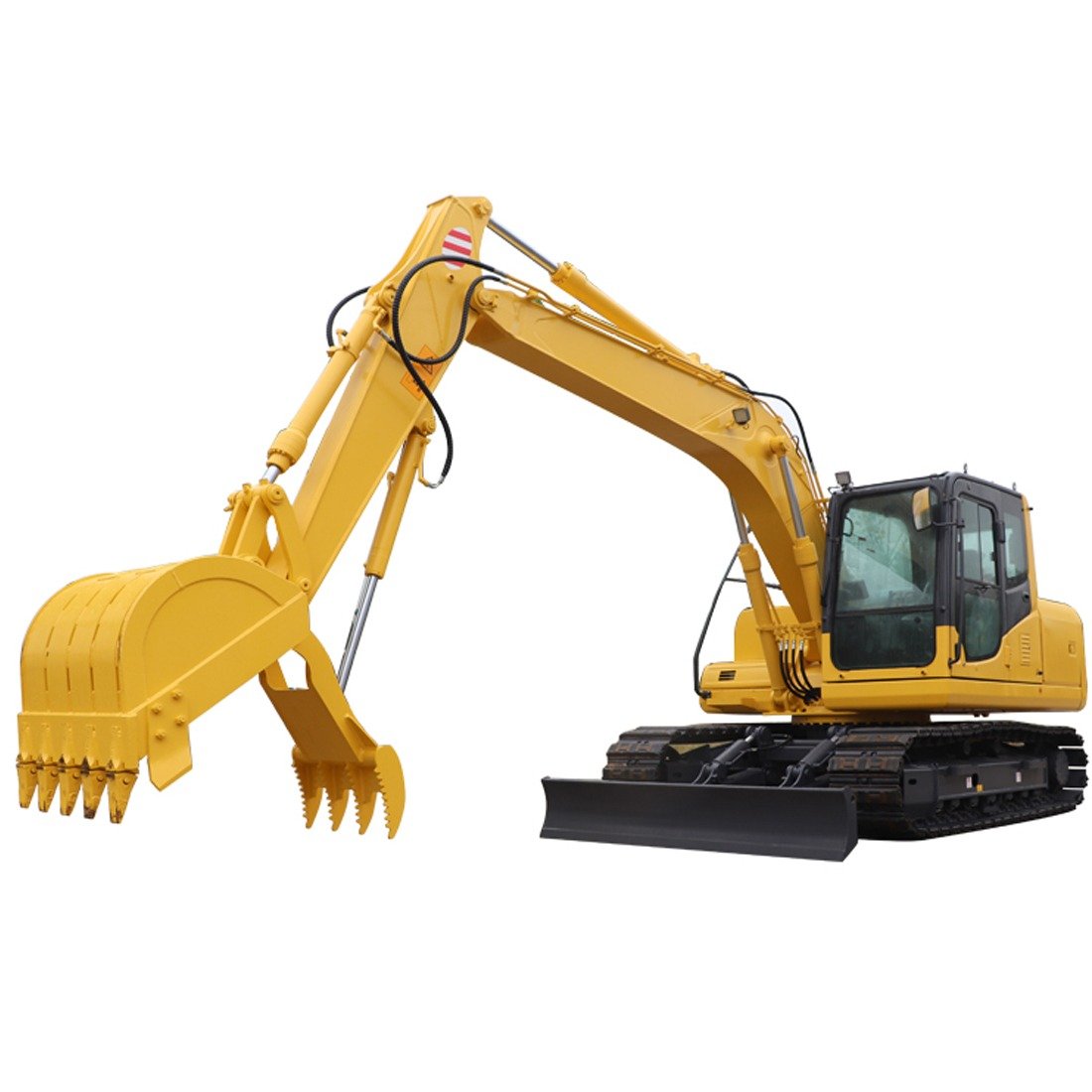Introduction:
In demanding construction environments, track excavators play a vital role. However, the harsh conditions often lead to issues like track loosening, damage, and breakage. Identifying the causes of track damage is crucial for efficient operation and maintenance. Below, we delve into the primary reasons behind the track issues of excavators.
Analysis of Track Damage Causes:
1. Uneven Terrain Movement: During earthmoving projects, construction sites often have uneven surfaces. Improper travel routes can cause the weight of the excavator to concentrate on specific areas, resulting in increased local pressure and eventual track damage. This can lead to issues like loosening of the tracks.
2. Improper Turning Operation: When the excavator turns, one side’s track moves while the other remains stationary, causing significant rotational movement. If the track encounters uneven ground, it may get stuck, potentially causing damage to the track. Operators need to be cautious and mindful of the terrain while making turns.
3. Extended Travel Operation: Track excavators are not designed for prolonged continuous travel like automobiles. Excessive travel time can cause severe damage to the tracks, reducing the overall lifespan of the equipment. Operators should exercise caution and control the duration of the excavator’s movement to prevent track damage.
4. Failure to Timely Clean Debris from Tracks: During operation or movement, debris such as rocks or mud may enter the tracks. Failure to promptly remove these materials may result in them being compressed between the drive wheel, guide wheel, and tracks as they rotate. This can lead to track loosening or even chain-track breakage. Regular cleaning and maintenance are crucial to prevent such issues.
5. Inadequate Parking Practices: Selecting a level parking area is crucial for track excavators. Parking on uneven surfaces can lead to an uneven distribution of forces on the tracks. This can cause one side of the track to bear a significantly higher load, increasing the risk of stress concentration and potential consequences such as track pulling or cracking. Proper parking practices should be followed to avoid track damage.
Conclusion:
Understanding and addressing the root causes of track damage of excavators are essential for maintaining operational efficiency and prolonging the lifespan of these critical construction machines. By implementing preventive measures, operators can mitigate the impact of challenging work environments, ensuring optimal performance and safety.
To learn more about these machines, visit the official website https://unionforklift.com/product-category/excavator/.








